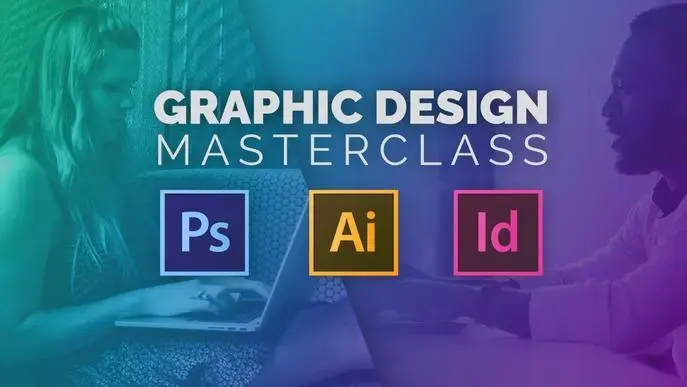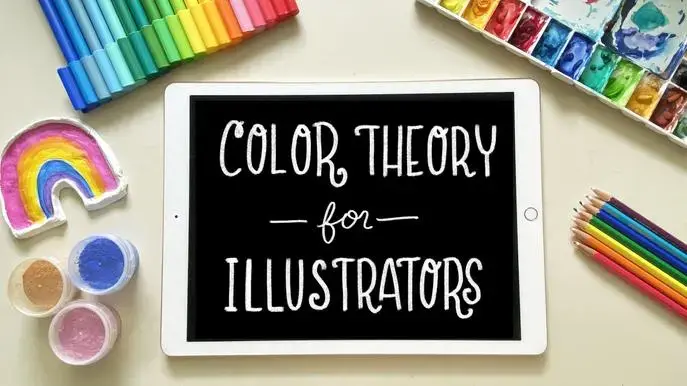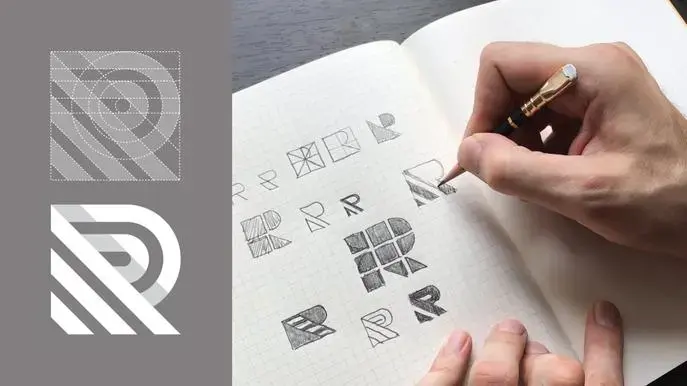Logo Design with Grids: Timeless Style from Simple Shapes
Self-paced course
Diploma program
Price
Rating
Overview
What makes a logo design feel “perfect”? How do you fine-tune simple shapes to achieve visual stopping power? Learn how to design a modern, minimalistic logo from start to finish, and then add that extra punch of perfection to make it stand the test of time.
In this 30-minute class, graphic designer George Bokhua walks us through his process of incorporating grids and geometric shapes into logos so that you can unlock that feeling of timelessness in your own marks.
Key lessons include:
- Why gridding is important + examples for inspiration
- How to sketch your logo on grid paper
- Executing your mark in Adobe Illustrator
- Adjusting your grids to complete the mark
This class is perfect for graphic designers and illustrators looking to explore a methodical approach to logo design, as well as entrepreneurs and brands who need a starting point for making their own logos stand out.
If you’re totally new to Adobe Illustrator, have no fear; this exercise lives 80% on paper, and that extra 20% of polish takes place on the computer.
So grab a pencil and let’s make beautiful marks together!
\\\____________
What You'll Learn
- Introduction. Shapes and symmetry are innate to our understanding of the world around us. Perhaps this is why so many designers use deceptively simple shapes to design logos that appeal to our most basic instincts and create images with lasting appeal. In this course on how to design logos, George Bokhua offers his 10+ years of experience to show you how to use grids to achieve that look of geometric perfection.
- Why Gridding? Grids allow you to arrange information in a more structured manner. In today’s world, the ability to convey a great deal in the shortest time possible can make the difference between success and failure. A viewer must instantly understand what they are seeing. In his series of design tutorials, George shows that using grids to design is not constructive, but rather a versatile way to create a unified form that communicates its message quickly and clearly. He’ll give you examples from past Olympics, as well as the art world, to demonstrate that gridding can help you create logo designs with universal appeal.
- Gridded examples from George’s own work. George will then open up his sketchbook and show you not only examples of his previous works, but also the different types of grids you might use to create your own. From 30-degree grids to dot grids and more, there is an option that suits your style. He shows you how to simplify any complex form. In one example, he uses the golden ratio in art to create an incredible swan logo out of simple shapes. You will learn how to use grids to identify inconsistencies in your design, as well as tips for keeping your design balanced.
- Sketching Logo Ideas. From there, you will start to sketch out your own concepts under George’s expert guidance. He’ll give you hints on how to approach your project and build on existing shapes to quickly construct the basic elements, as well as identify good positive and negative space to explore when you design a logo. Starting with the letter ‘R’, he will talk you through his approach and help you arrive at a concept that you are comfortable taking to the next stage.
- Gridding your logo on paper. As George says, sketching your ideas on paper familiarizes you with your subject’s shape, and in this phase he will help you develop your idea further while avoiding common pitfalls. He’ll help you save time later by giving you tips on using a compass and ruler to maximize your sketch so there’s less work to do later on.
- Executing your logo in Illustrator. Once you’re ready, you will bring your ideas into Adobe Illustrator and take them to the final level. He’ll show you how to quickly and accurately recreate your sketch grid in the computer, and then use it to ensure that your design is perfectly aligned with the specific reference points. Using wireframe mode, he’ll show you how to identify and fix any problems before moving on.
- Finishing Touches. Now that you have a sleek, stylish logo, you might want to change a few colors or invert black and white to make sure it will work in any situation. George gives you a few ways you can easily do this in Illustrator, as well as a few tips to subtly enhance your design. At the end, you should have a clean, professional-looking logo that will look great anywhere.
For an overview on logo design theory with George Bokhua, join 20,000 fellow students in his previous class Design a Logo in Modern Style.
\\\_________________
Looking for more inspiration? Head here to discover more classes on logo design.
Learning outcomes
Post this credential on your LinkedIn profile, resume, or CV, and don’t forget to celebrate your achievement by sharing it across your social networks or mentioning it during your performance review
Similar courses
Featured articles
50876 students
English
Beginner















